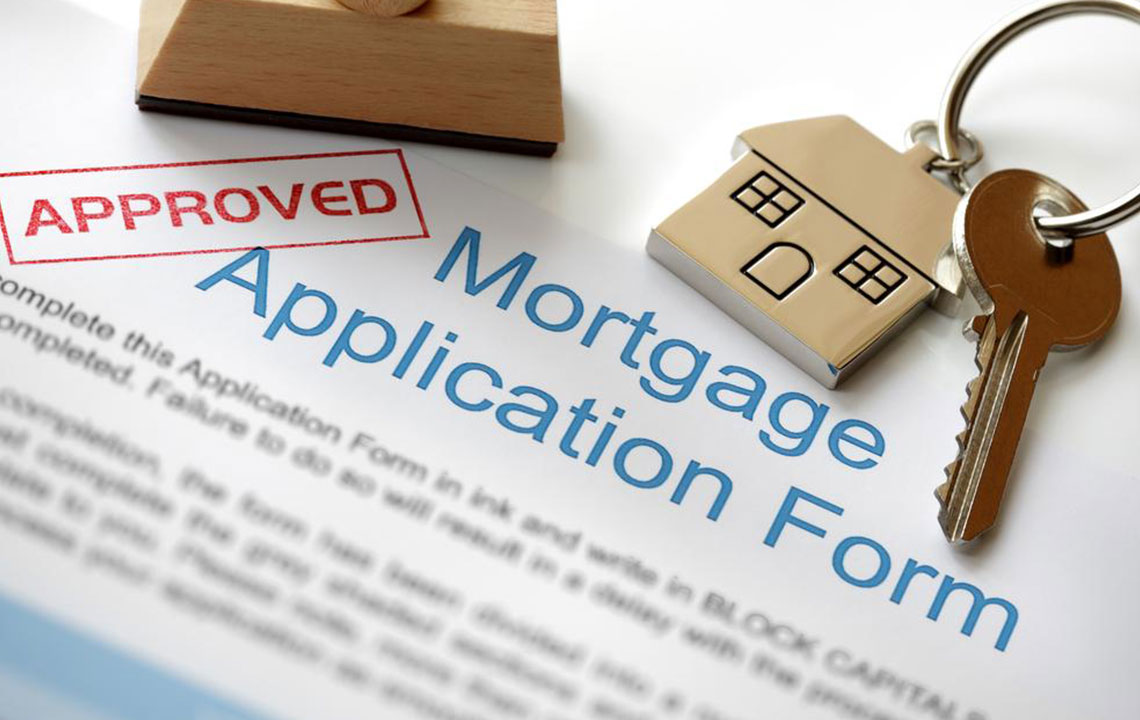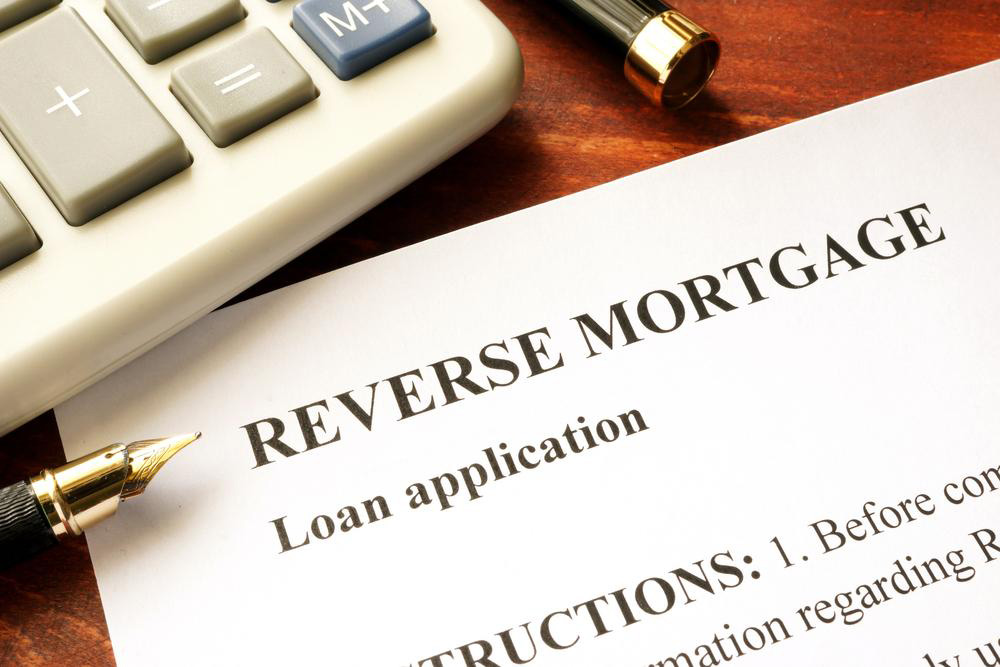Understanding Fixed-Rate vs. Adjustable-Rate Mortgages
This article compares fixed-rate and adjustable-rate mortgages, highlighting their advantages, risks, and key terms. It guides homebuyers in choosing the best mortgage option based on market conditions and personal plans, emphasizing research and careful consideration for financial security.

Fixed-Rate Compared to Adjustable-Rate Home Loans
Many homebuyers opt for a 30-year fixed mortgage for its stability. Nonetheless, adjustable-rate mortgages often offer lower initial interest rates. Fixed-rate loans provide predictability but tend to be pricier, whereas ARMs fluctuate based on market conditions.
Let's compare both options to see what fits your financial goals.
ARMs generally start with a fixed rate for a set period, then adjust annually based on an index, with some changes occurring monthly.
If you're uncertain about future rate fluctuations, a fixed-rate mortgage offers security.
If you plan to stay in your home only a few years, an ARM's lower initial rate helps reduce payments, freeing funds for a larger purchase later.
Consider current market trends. When rates are high, ARMs can be appealing with lower initial rates. If rates are falling, locking in a fixed rate might be more advantageous.
Be aware that significant rises in interest rates could cause your monthly payments to increase with an ARM, making a fixed-rate mortgage the safer choice in such scenarios.
Related Reading: Top Tips After Paying Off Your Mortgage
Let’s explore key ARM terms:
Adjustment frequency: How often the interest rate recalibrates, such as monthly or yearly.
Adjustment indices: The baseline rate, often tied to benchmarks like Treasury Bills or the Cost of Funds index.
Margins: An added percentage above the index that determines your rate.
Caps: Limits set on how much your interest rate or payments can change periodically or over the loan term.
Advantages of fixed-rate mortgages include:
They are easier to understand, especially for first-time buyers, due to their simplicity.
They provide consistent payments, aiding in budgeting without surprises.
Their interest rates remain stable regardless of market shifts.
Drawbacks compared to ARMs:
Fixed rates can be higher initially and miss out on potential savings if market rates decrease.
To benefit from falling rates, refinancing may be necessary, involving costs and paperwork.
ARMs offer more customization, while fixed-rate loans are typically standardized across lenders.
Thorough research is essential before choosing. Don’t select an ARM solely for smaller payments. Shop around to find the best deal tailored to your situation.
Stay informed about the latest in Mortgage News . Follow us on Facebook and Twitter for updates on investment strategies.








